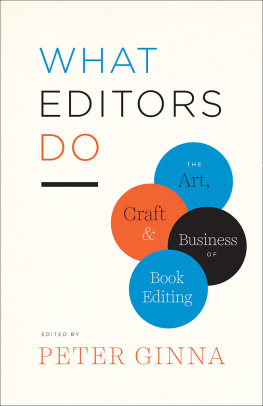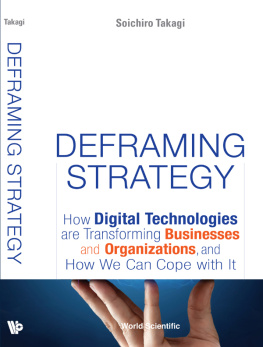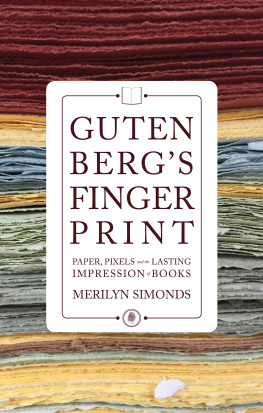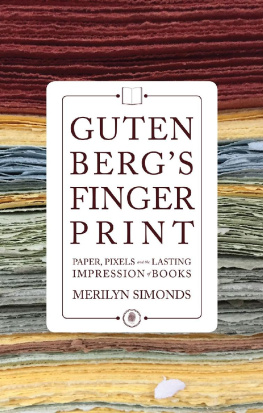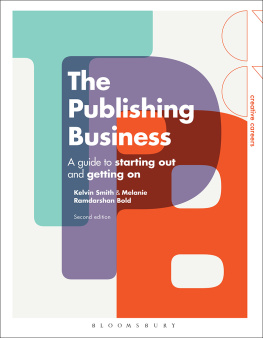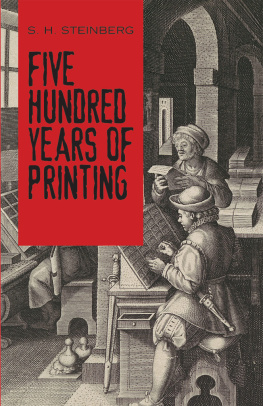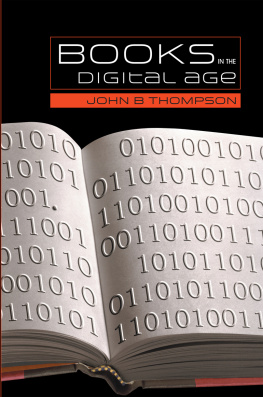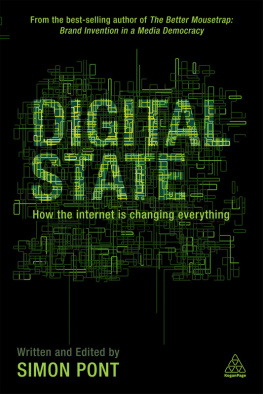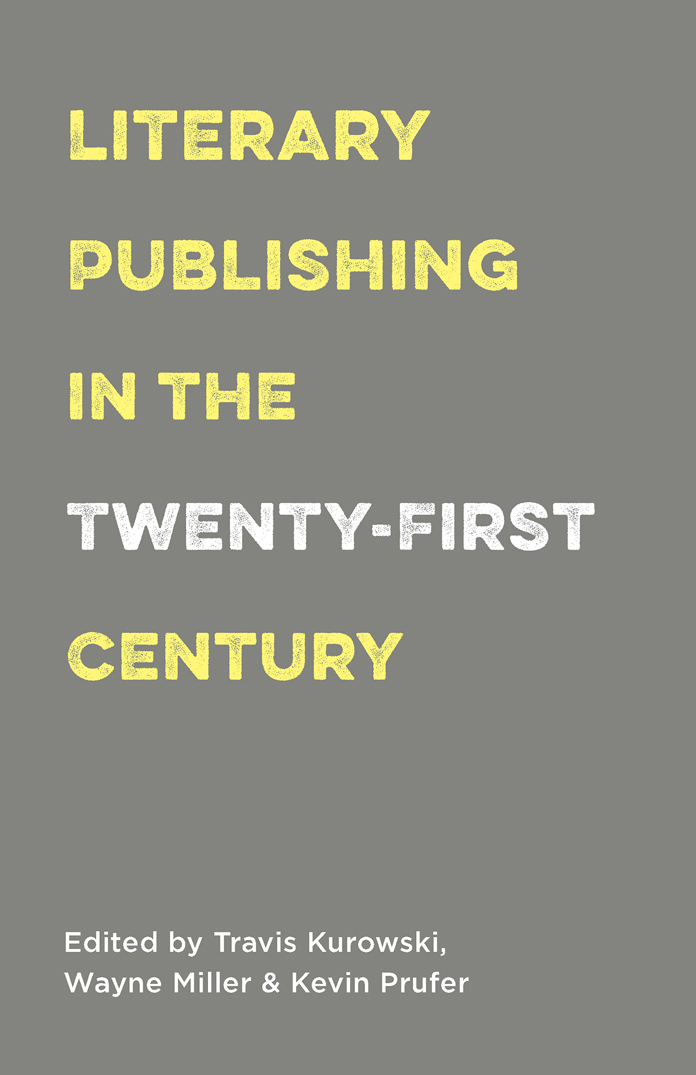Wayne Miller - Literary Publishing in the Twenty-First Century
Here you can read online Wayne Miller - Literary Publishing in the Twenty-First Century full text of the book (entire story) in english for free. Download pdf and epub, get meaning, cover and reviews about this ebook. year: 2016, publisher: Milkweed Editions, genre: Art. Description of the work, (preface) as well as reviews are available. Best literature library LitArk.com created for fans of good reading and offers a wide selection of genres:
Romance novel
Science fiction
Adventure
Detective
Science
History
Home and family
Prose
Art
Politics
Computer
Non-fiction
Religion
Business
Children
Humor
Choose a favorite category and find really read worthwhile books. Enjoy immersion in the world of imagination, feel the emotions of the characters or learn something new for yourself, make an fascinating discovery.

- Book:Literary Publishing in the Twenty-First Century
- Author:
- Publisher:Milkweed Editions
- Genre:
- Year:2016
- Rating:5 / 5
- Favourites:Add to favourites
- Your mark:
Literary Publishing in the Twenty-First Century: summary, description and annotation
We offer to read an annotation, description, summary or preface (depends on what the author of the book "Literary Publishing in the Twenty-First Century" wrote himself). If you haven't found the necessary information about the book — write in the comments, we will try to find it.
Gutenbergs invention of movable type in the fifteenth century introduced an era of mass communication that permanently altered the structure of society. While publishing has been buffeted by persistent upheaval and transformation ever since, the current combination of technological developments, market pressures, and changing reading habits has led to an unprecedented paradigm shift in the world of books.
Bringing together a wide range of perspectivesindustry veterans and provocateurs, writers, editors, and digital mavericksthis invaluable collection reflects on the current situation of literary publishing, and provides a road map for the shifting geography of its future: How do editors and publishers adapt to this rapidly changing world? How are vibrant public communities in the Digital Age created and engaged? How can an industry traditionally dominated by white men become more diverse and inclusive? Mindful of the stakes of the ongoing transformation, Literary Publishing in the 21st Century goes beyond the usual discussion of print vs. digital to uncover the complex, contradictory, and increasingly vibrant personalities that will define the future of the book.
|Gutenbergs invention of movable type in the fifteenth century introduced an era of mass communication that permanently altered the structure of society. While publishing has been buffeted by persistent upheaval and transformation ever since, the current combination of technological developments, market pressures, and changing reading habits has led to an unprecedented paradigm shift in the world of books.
Bringing together a wide range of perspectives industry veterans and provocateurs, writers, editors, and digital mavericks this invaluable collection reflects on the current situation of literary publishing, and provides a road map for the shifting geography of its future: How do editors and publishers adapt to this rapidly changing world? How are vibrant public communities in the Digital Age created and engaged? How can an industry traditionally dominated by white men become more diverse and inclusive? Mindful of the stakes of the ongoing transformation, Literary Publishing in the 21st Century goes beyond the usual discussion of print vs. digital to uncover the complex, contradictory, and increasingly vibrant personalities that will define the future of the book.
Wayne Miller: author's other books
Who wrote Literary Publishing in the Twenty-First Century? Find out the surname, the name of the author of the book and a list of all author's works by series.



